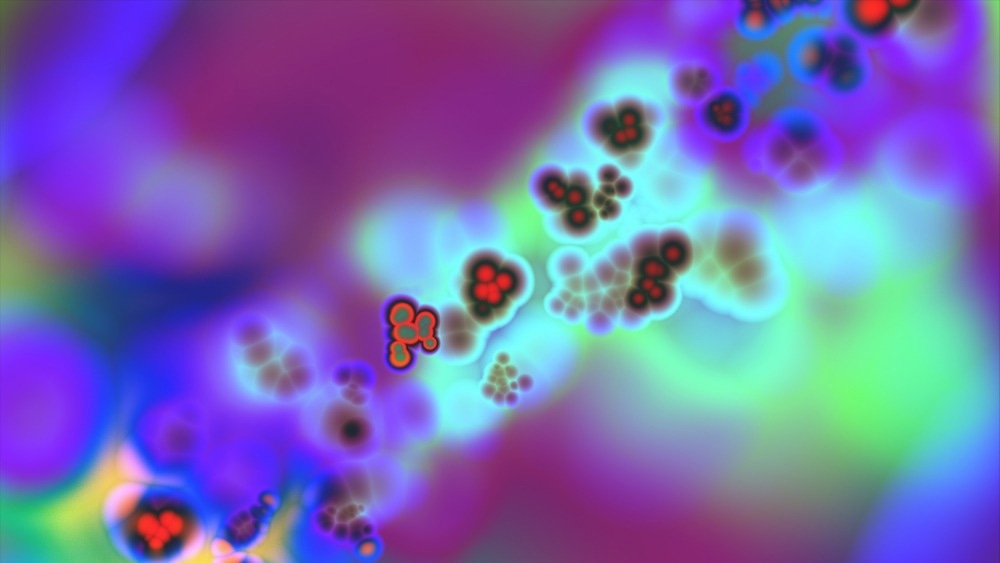A new response mechanism particular to exposure to nanoparticles that are common to multiple species has been found by scientists.

Image Credit: HaHanna/Shutterstock.com
By examining a huge collection of datasets regarding the molecular response to nanomaterials, they have disclosed an ancestral epigenetic mechanism of defense that describes how different species, from humans to simpler creatures, will adapt to this kind of exposure.
The project was headed by Doctoral Researcher Giusy del Giudice and Professor Dario Greco at the Finnish Hub for Development and Validation of Integrated Approaches (FHAIVE), Tampere University, Finland, in partnership with an interdisciplinary group from Finland, Poland, Ireland, Cyprus, South Africa, UK, Greece, and Estonia—including Associate Professor Vladimir Lobaskin from UCD School of Physics, University College Dublin, Ireland.
The study entitled, “An ancestral molecular response to nanomaterial particulates” was reported in the Nature Nanotechnology journal on May 2023.
We have demonstrated for the first time that there is a specific response to nanoparticles, and it is interlinked to their nano-properties. This study sheds light on how various species respond to particulate matter in a similar manner. It proposes a solution to the one-chemical-one-signature problem, currently limiting the use of toxicogenomic in chemical safety assessment.
Dario Greco, Professor and Director, Finnish Hub for Development and Validation of Integrated Approaches, Tampere University
Systems Biology Meets Nanoinformatics
Associate Professor Vladimir Lobaskin, who is an expert in nanostructured biosystems, said: “In this major collaborative work, the team led by the University of Tampere and including UCD School of Physics not only discovered common responses to nanoparticles across all kinds of organisms from plants and invertebrates to humans but also common features of nanomaterials triggering those responses.”
Lobaskin stated, “Tens of thousands of novel nanomaterials reach the consumer market annually. It is an enormous task to screen them all for possible adverse effects to protect the environment and human health. It could be damage to the lung when we inhale dust, a release of toxic ions by dust particles, production of reactive oxygen species, or binding of the cell membrane lipids by nanoparticles.”
“In other words, it all starts with relatively simple physical interactions at the surface of the nanoparticles that are usually not known to biologists and toxicologists but needed to understand what we should fear when exposed to nanomaterials.”
In the past ten years, a mechanism-aware toxicity assessment strategy has been adopted by OECD countries depending on the Adverse Outcome Pathway analysis fixing causal relationships between biological events as a result of a disease or negative effect on the population.
As soon as the Adverse Outcome Pathway has been identified, people can trace the chain of biological events back to the origin—the molecular initiating event that activated the cascade.
Efforts of statistical analysis of the toxicology data of recent years have not been successful in determining the nanomaterial properties accountable for the detrimental outcomes.
The issue is that the material characteristics offered by the producers, like nanoparticle chemistry and size distribution, are too fundamental and inadequate to make reasonable predictions of their biological activity.
An earlier work, co-authored by the UCD School of Physics team, proposed the collection of sophisticated descriptors of nanomaterials, using computational materials science, if essential, to comprehend the interactions of nanoparticles with biological molecules and tissues and allow the forecast of the molecular initiating events.
Such advanced descriptors have the potential to offer the missing bits of information and include the dissolution rates of the materials, the polarity of the surface atoms, molecular interaction energies, shape, aspect ratios, indicators of hydrophobicity, amino acid, or lipid binding energy—as well as anything that might result in interruption of the normal cell or tissue functions.
Associate Professor Lobaskin and collaborators at UCD Soft Matter Modelling Lab have been collaborating on in silico materials’ characterization and assessing the descriptors that connect with the risky potential of nanoparticles.
In the analysis presented in this latest Nature Nanotechnology paper, we for the first time were able to see what is in common between different materials associated with the health risks at the molecular level.
Vladimir Lobaskin, Associate Professor, School of Physics, UCD Research and Innovation
Lobaskin added, “This publication is the first demonstration of the power of nanoinformatics, a new field of research extending the ideas from cheminformatics and bioinformatics, and also a big promise: using digital twins of materials created on a computer will soon enable us to screen and optimize novel materials for safety and functionality even before they are produced to make them safe and sustainable by design.”